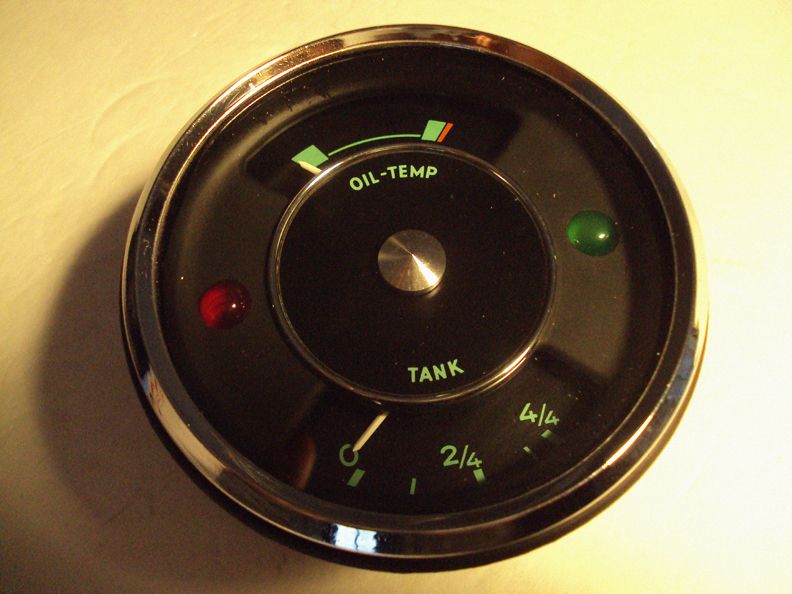Quick question -
How stable is the temperature reading on your oil pressure gauge? When I start my car, the needle sits up about 1/4 inch off of the left edge of the gauge. The needle never actually rests in the green zone on far left. It always sits to the right of it when I first start it in the morning.
As it warms up it will sit about 1/8" to 1/4 to the right of that first green section on the left edge. Only after the vehicle is warmed up and driven a bit will the gauge move off that position. When I'm driving in the normal rpm range, the needle is always about 1/8 to the right of that first green section. After driving a bit, if I'm sitting in traffic or sitting at a red light (800-1000rmp) - I can watch that needle crawl to the right. A long enough light and the needle will almost make it to the start of the other green / red zone on the far right. With the Setrab fan on, at idle, the needle will stop about 1/8 inch from the green zone on the far right. If I idle long enough, the needle will creep into that green / red zone.
If I raise the RMP's up to about 2000 rpm I can watch the needle fall the other direction (clear back over to it's usual position on left). This is all with the 1915. With my 1600 *and a different sending unit* the temps were way more stable.
I'm running the repro gauges and a VDO dual post sending unit (brand new). I'm also running a type 4 oil cooler and a welded balanced fan. The generator belt is not loose. I have a doghouse cooler with thermostat flaps (welded open). Cool tins and all other tins except for the lower sleds that scoop down from the front of the motor and are open in the back. I was told the cool tins are not compatible with the lower tins.

Is that much oil temperature fluctuation even possible? Is it possible that I have the two terminals reversed on the sending unit? One goes to the Oil temp auge and the other to oil pressure light.
Normal? or over thinking it again?
Ted







